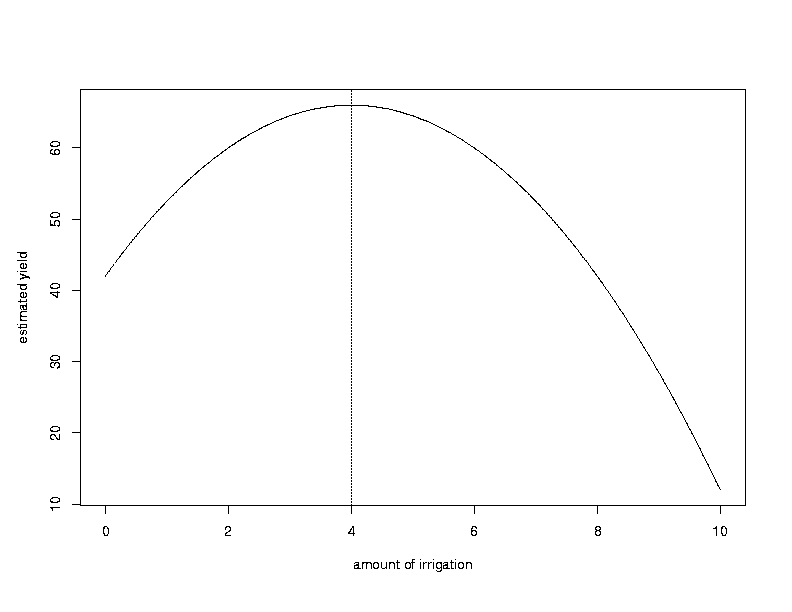
X1
95% CI = 0.021±2·0.019 = 0.021 ±0.38
t-ratio = 0.021/0.019 = 1.105
p-value > 2 ·0.1 = 0.2 (two-sided p-value)
X2
95% CI = 0.075±2·0.034 = 0.075 ±0.068
t-ratio = 0.075/0.034 = 2.206
p-value 2 ·0.010 - 2·0.025, ie, 0.02 - 0.05 (two-sided p-value)
X3
95% CI = 0.043±2·0.018 = 0.043 ±0.0.036
t-ratio = 0.043/0.018 = 2.390
p-value » 2 ·0.010 = 0.02 (two-sided p-value)
| ||||||||||||||||||
| AGE | -3.9±1.96×1.8 = -3.9±3.53 |
| SMOK | -9.0±1.96×2.2 = -9.0±4.31 |
| CHEMW | -350±1.96×46 = -350±90.16 |
| FARMW | -380±1.96×53 = -380±103.88 |
| FIREW | -180±1.96×54 = -180±105.84 |

|